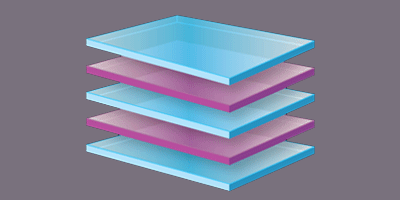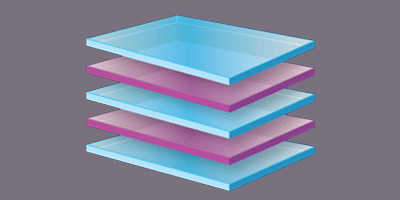Topological Insulators by the Slice
Topological insulators are materials that are insulators in the interior, but conduct in reduced dimensions due to special conducting states that topological order protects from localization or backscattering. Two-dimensional topological insulators have conducting edge states (1D), whereas three-dimensional ones have conducting surface states (2D). However, this ideal situation is usually complicated by unintentional doping, which makes the bulk conduct and obscures the transport properties of the surface states. Previous studies using photoemission, scanning probe techniques, and transport measurements have increased our understanding of surface states, but now, writing in Physical Review Letters, Alexey Taskin at Osaka University, Japan, and co-workers, bring to bear a different approach made possible by the unprecedented quality of their samples.
Taskin and coauthors have grown high-quality epitaxial films of , a three-dimensional topological insulator. In such films, the electron mobility is high enough to display Shubnikov-de Haas oscillations in the magnetic-field dependence of the conductivity, a quantum-mechanical effect arising from the quantization of electron motion in strong magnetic fields. These oscillations reveal the presence and properties of metallic surface states. The authors grow films layer-by-layer, as multiple repetitions of the same unit, a - - - - quintuple layer (QL). Adding QLs one by one, they observe that, for films thinner than QLs, the surface states become insulating. The authors ascribe this effect to hybridization between “top” and “bottom” surfaces, which leads to the loss of three dimensionality and hence of topological protection from backscattering. – Daniel Ucko





